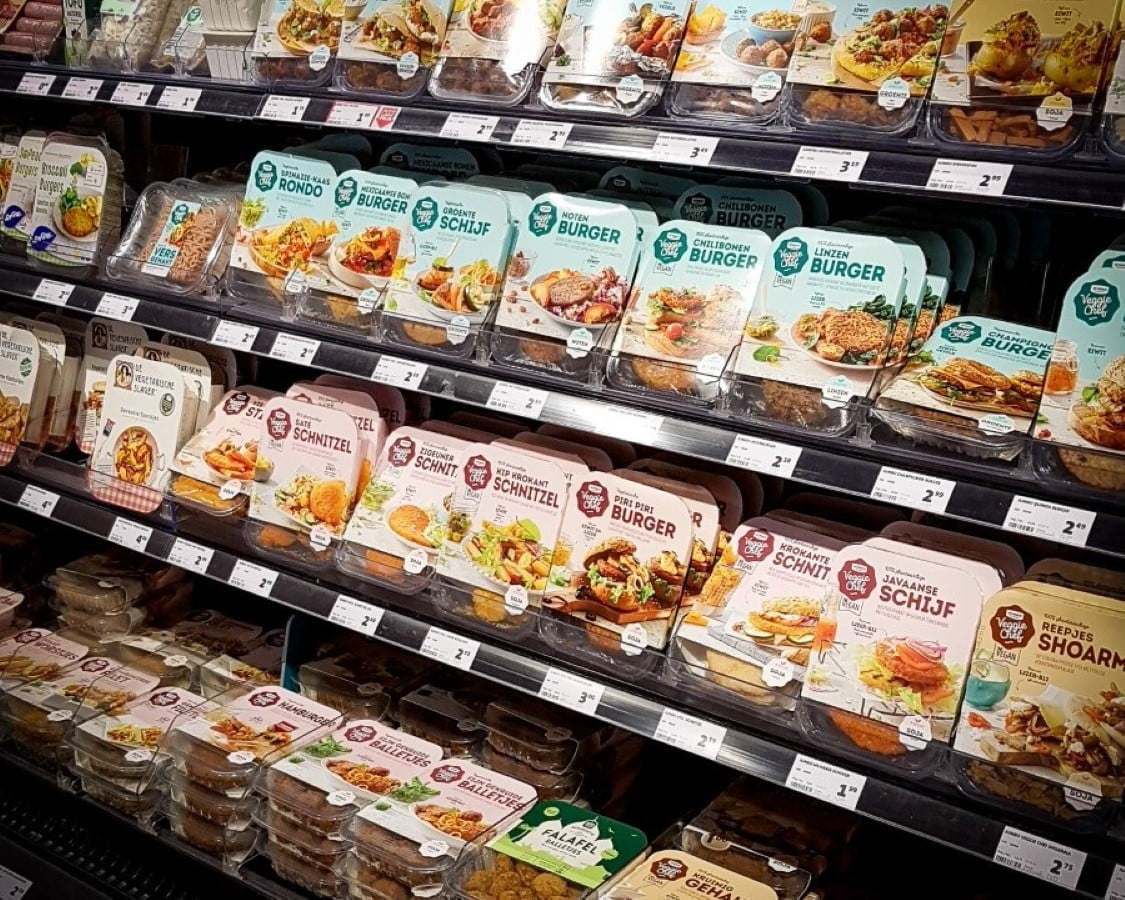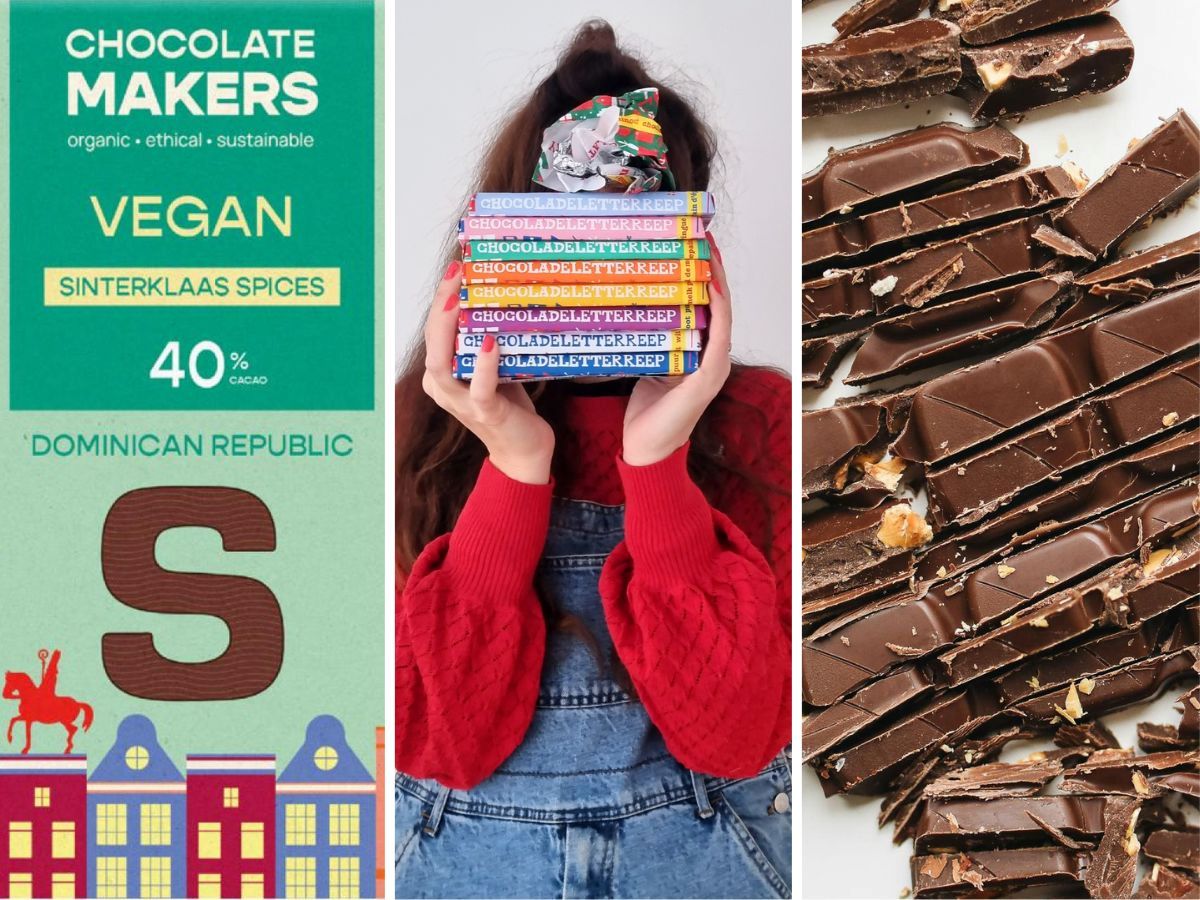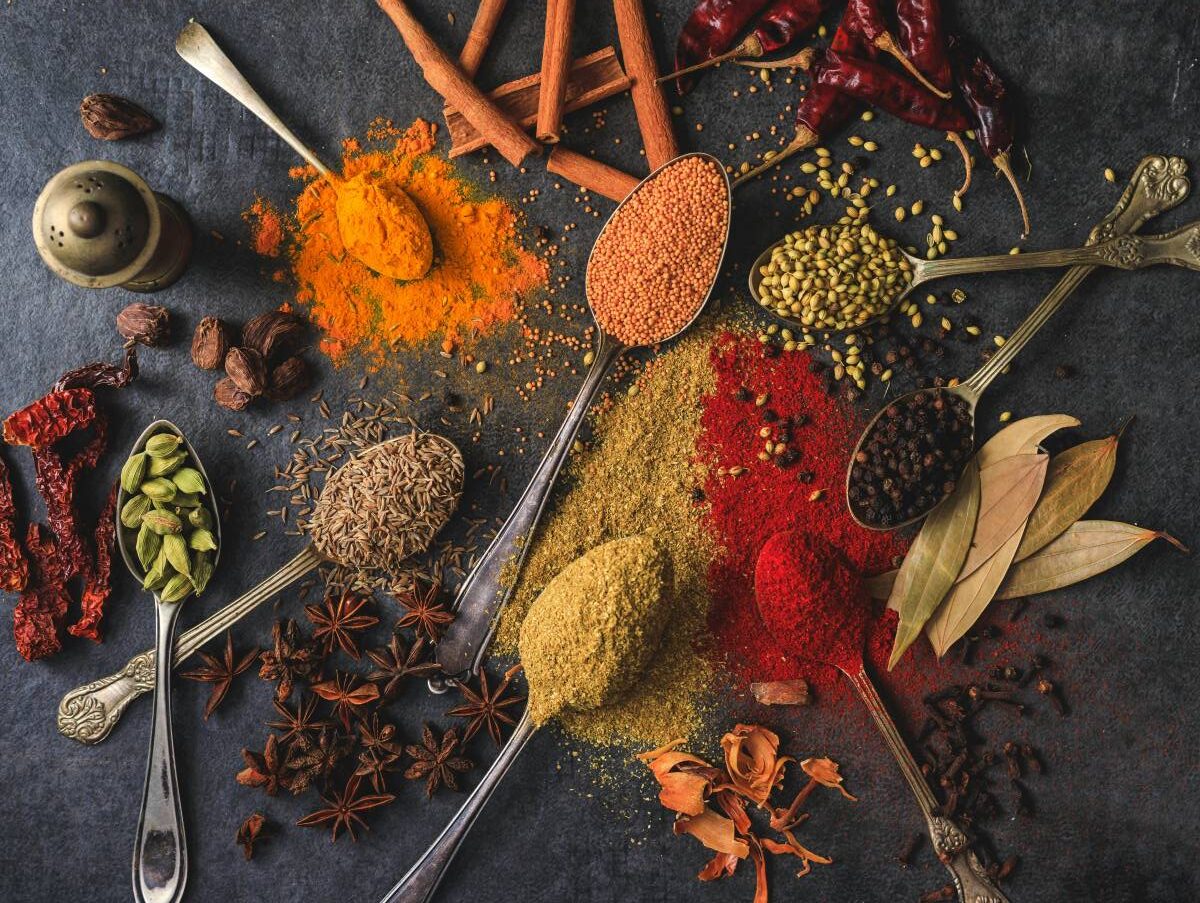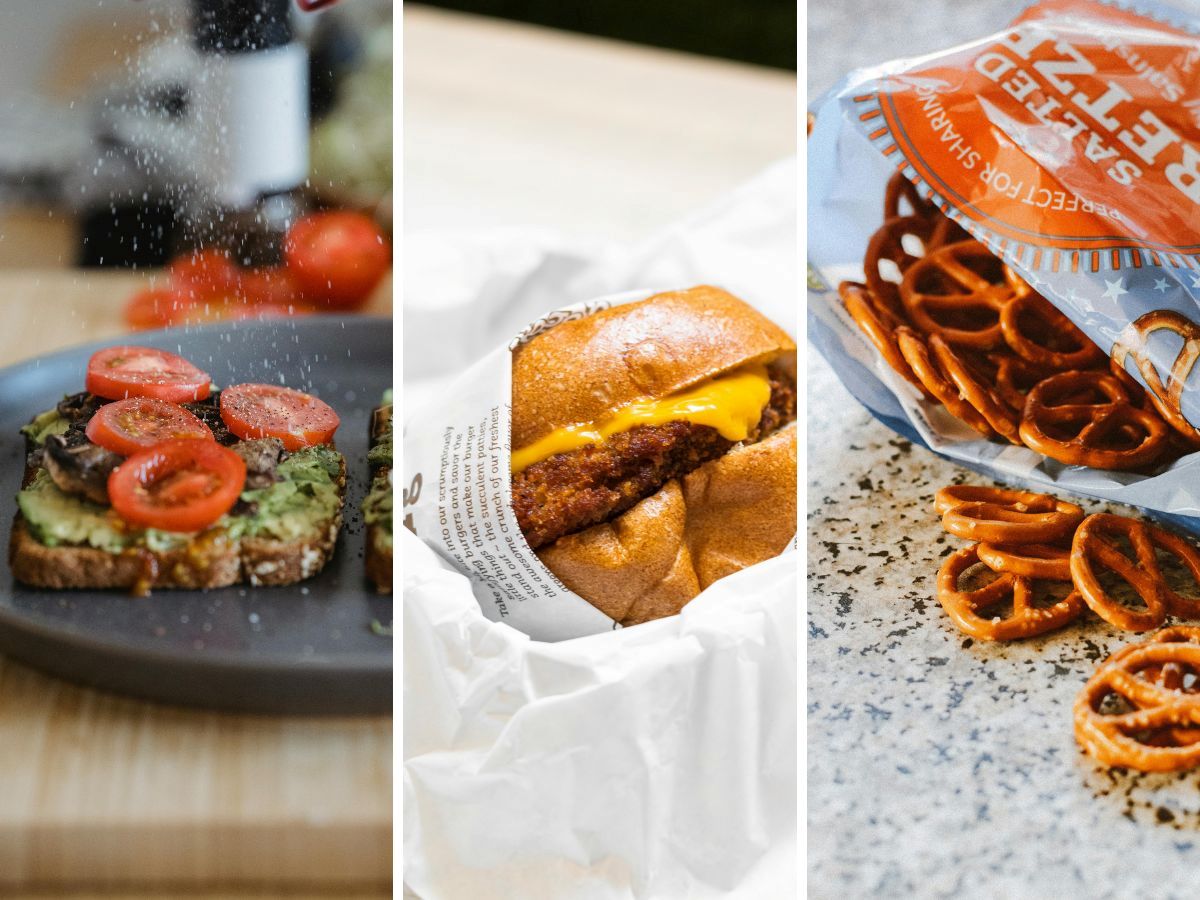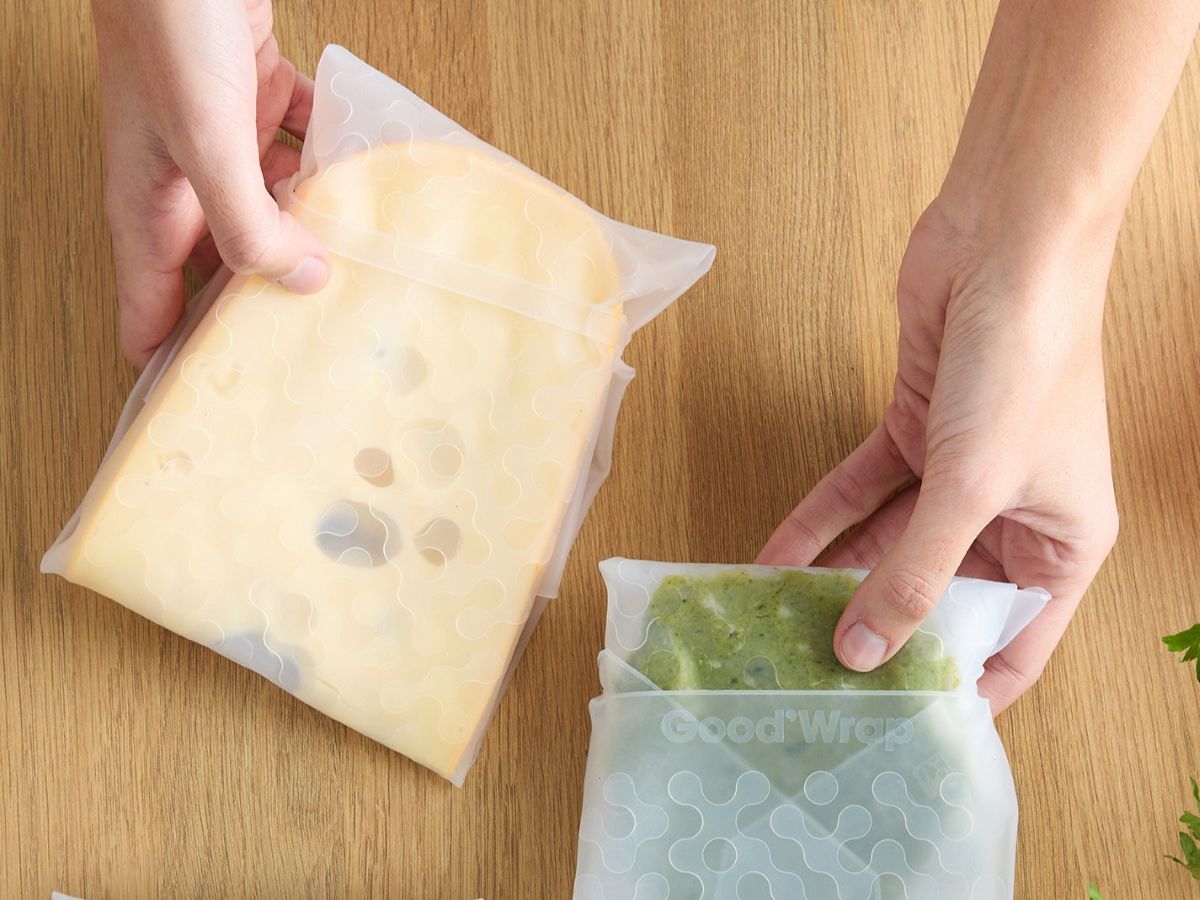Soy has a bad reputation. Its cultivation causes deforestation in the Amazon. And like palm oil it would be better to avoid products with soy. We hear it regularly. But what about it! We got to the bottom of it.
What is soy?
Soybeans are legumes. That means the beans grow in a pod. You can find unripe soybeans in the supermarket as edamame beans. And this legume is widely used to make soy products, such as tofu, soy milk, tempeh or soy sauce. Soya is full of protein, unsaturated fat and contains vitamin B1 and iron. It is therefore a healthy meat substitute. Soy is mainly grown in the United States and Brazil. Cultivation requires comparatively little artificial fertilisers and pesticides, which is positive.
What are the negative consequences of cultivation?
In the media, we hear a lot of negative news stories about soybean cultivation. Especially in South America, more and more areas are being deforested to be used as agricultural land. This is also done for soybean cultivation. Cutting down rainforest and other forest for agriculture releases a lot of greenhouse gases, as trees disappear that take away CO2. CO2 is also released because the former forest land has a lot of plant material in the soil, which rots when the ground is turned over. The use of fertilisers and pesticides due to monoculture cultivation would have negative impacts on soil and (ground) water. Thus, soybean cultivation got a bad reputation.



Edamame beans are young soybeans, soy sauce and tofu and a vegan burger are also made from soy.
Soybean origin
But if you want to eat sustainably, soy is still a sustainable choice. Solidaridad indicates that soy intended for human consumption does not come from areas where deforestation takes place. So that means you don't have to worry about Amazon being lost because of your soy burger or latte with soy milk. Furthermore, relatively little fertiliser and pesticides appear to be needed when growing soya. And do you want to be sure that no synthetic pesticides or fertilisers have been used, and that the soy has not been genetically modified (GMO)? Then you can choose organically grown soy in a product labelled ‘organic’.
Soya for animal husbandry
The origin of soy in the products we eat is not the full story. Because 77% of the soy grown worldwide is used as animal feed. Indeed; the growing demand for soy over the last 30 years is almost entirely due to increased consumption of meat and dairy. Also, the growing deforestation of the Amazon is not only due to this increased soybean cultivation. Deforestation is happening on a large scale for grassland to raise cattle. This too is due to the global increase in meat and dairy consumption. So if you don't want to contribute to Amazon deforestation, eating less meat and dairy is the best choice.
Why meat eaters eat more soy than vegetarians
Since most of cultivated soy is fed to animals in the meat industry, meat and dairy therefore contain a lot of ‘hidden’ soy. In fact, an average European eats around 60 kilos of hidden soy a year, according to a study by the World Wildlife Fund. Want to know what this hidden soy is all about? Check it out on the Invisible Soy WWF site. If you eat soy directly yourself, and not through a soy-fed cow, chicken or pig, you create much less impact. Meat substitutes and plant-based dairy have much lower greenhouse gas emissions, less land use and less water use per kilogram than meat and animal dairy.
There is a caveat though; the heavy processing of soy for use in some meat substitutes, also has quite a negative impact. This does not apply to soy milk, tofu or soy flour-based burgers. But highly processed meat substitutes based on soy proteins have a larger footprint compared to other meat substitutes. Not only are these products often not a healthy alternative, it is also advisable for environmental reasons not to eat it too often.
Alternatives
Soya is not the only alternative plant-based source of protein for flexitarians, vegetarians or vegans. Other pulses are also a good meat substitute in your meal. Opting for unprocessed pulses such as chickpeas, kidney beans, black or white beans is a healthy and sustainable choice. And there are also more and more meat substitute manufacturers making products with these other pulses. In addition, more and more Dutch and European farmers are switching to growing protein-rich crops. The cultivation of crops such as peas, broad beans and lupins has been growing in recent years. These legumes have similar nutritional value to soy and similar or even lower CO2 emissions. So it is nice to see more and more vega(n) products being made with other (European) pulses.
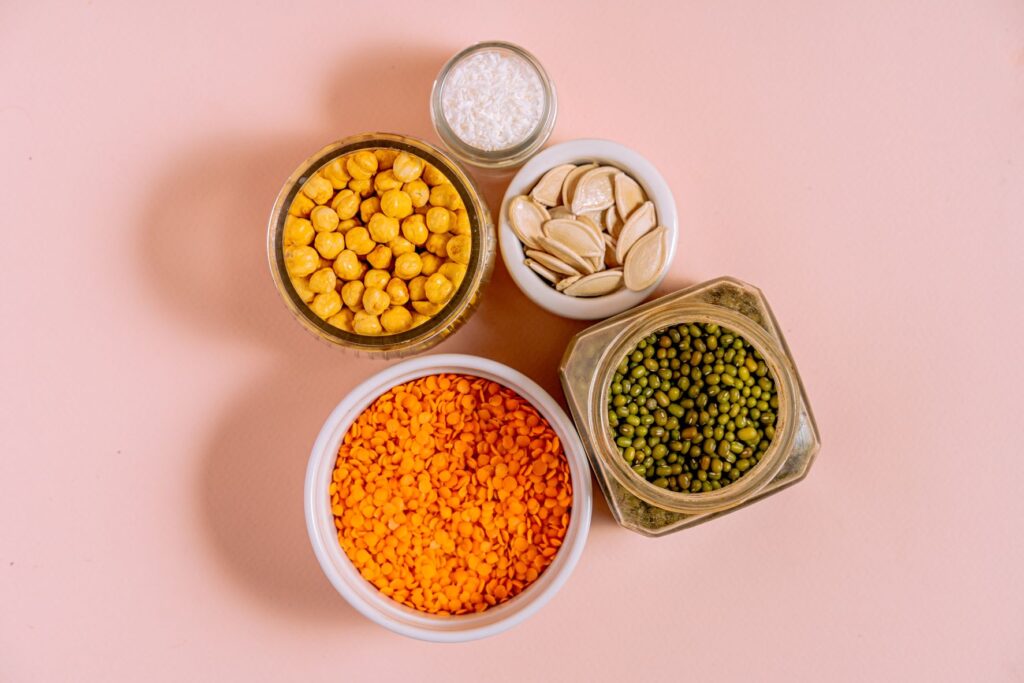
Is soy sustainable or not?
A lot seems wrong in soybean farming such as deforestation and the use of environmentally polluting fertilisers and pesticides. But in practice, this turns out to be much more nuanced. If you choose vegetarian or plant-based products, you are actually not contributing to deforestation. Furthermore, a striking fact is that an average meat eater eats much more hidden soy than vegetarians. As a result, the soy consumption of a vegetarian consumer is therefore actually much lower than the (indirect) soy consumption of an average flexitarian or omnivore. Eating a soy-based meat substitute or plant-based dairy is more sustainable than eating meat or dairy. Do you still prefer to eat an alternative? Then you can choose other pulses such as peas, broad beans, lupins, chickpeas or lentils.
More sustainable tips from thegreenlist.nl
If you found this article interesting, you will probably also enjoy reading the following articles:
- Also see: how sustainable is a banana?
- Also see: palm oil, it's not so black and white.
- Also see: how sustainable is jackfruit?
- Also see: why is cheese not vegetarian?
Sources: Soy - Our World in Data, How healthy is soy, Zsearch for animal protein substitutesit, Soya cultivation: impact on forests | Milieu Centraal, Solidarid. Photo credits: Valeria Boltneva (Pexels), Mascha Bongenaar, Polina Tankilevitch (Pexels), Antoni Shkraba (Pexels) and thegreenlist.nl (citizen).

